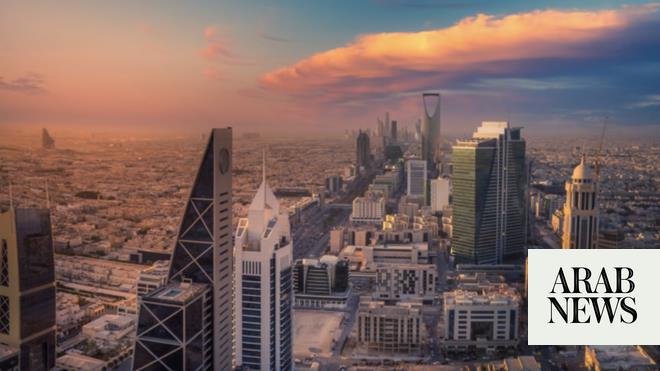
Credit view reflects ‘strong fiscal position’
Rating may rise if reforms aimed at diversifying economy continue
LONDON: Moody’s Investor Service has affirmed the government of Saudi Arabia’s A1 rating with a stable outlook, according to an annual credit analysis published today.
The ratings agency said its credit view of Saudi Arabia reflects the government’s “robust” balance sheet.
Saudi Arabia’s credit strengths include “substantial external liquidity buffers, a large stock of proved oil reserves with low extraction costs, and prudent financial system regulation,” Moody’s said.
“Although the decline in oil prices since 2014 has pushed the budget balance into deficit, eroded government reserves and prompted large issuance debt, the government"s balance sheet remains robust,” it added.
Challenges include Saudi Arabia’s exposure to oil price volatility, and socio-economic challenges posed by strong population growth and unemployment, the ratings agency said.
“The stable outlook reflects our view that risks to Saudi Arabia"s credit profile are broadly balanced. Positive developments could stem from the implementation of wide-ranging reforms that enhance competitiveness and private-sector employment while moving the budget towards balance as the government projects to happen by 2023.”
It added that it would be possible over time to raise the Kingdom’s credit rating if structural reforms aimed at diversifying the economy continue.
“Increasing confidence that structural reforms aimed at reducing the reliance of Saudi Arabia’s economy and public finances on oil revenue are more effective than in our baseline scenario could, over time, support higher rating. The success of such reforms would likely be reflected in (1) fiscal deficits falling more quickly than currently envisaged and the government debt burden peaking at a lower level and earlier than expected, independent of fluctuations in oil prices; and (2) growth recovering more rapidly and from a more diversified economic base.”
Meanwhile, the Public Investment Fund (PIF), Saudi Arabia’s sovereign wealth fund, said it plans to raise money through debt twice this year, including foreign currency borrowings.
“I think it’s going to be in the neighborhood of 14 billion Saudi riyals ($3.73 billion) and for the US dollar I think it’s going to be north of $8 or $10 billion,” PIF’s managing director, Yasir Al-Rumayyan, told CNBC.
Last year the fund raised an $11 billion international syndicated loan, its first commercial borrowing.









